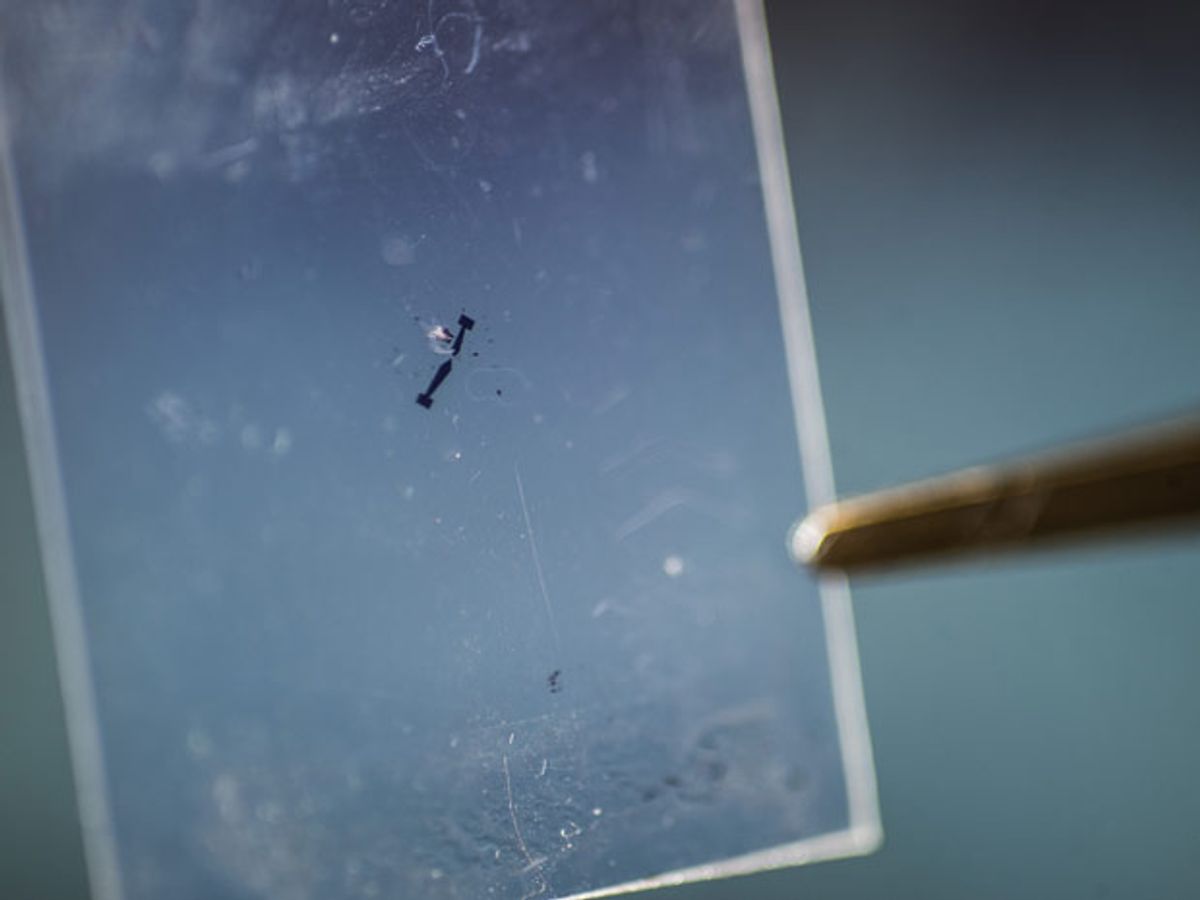Joint research out of Columbia University and the Georgia Institute of Technology has demonstrated for the first time that the two-dimensional (2-D) material molybdenum disulfide (MoS2) exhibits piezoelectricity and the piezotronic effect.
The research, which was published in the journal Nature, adds another dimension to the possible applications of 2-D materials like MoS2—notably the construction of new kinds of mechanically controlled electronic devices.
“This material–just a single layer of atoms–could be made as a wearable device, perhaps integrated into clothing, to convert energy from your body movement to electricity and power wearable sensors or medical devices, or perhaps supply enough energy to charge your cell phone in your pocket,” said James Hone, professor of mechanical engineering at Columbia and co-leader of the research, in a press release.
The piezoelectric effect, in which compressing or stretching a material produces a voltage or where a voltage can cause a material to expand or contract, has been demonstrated in a number of nanomaterials, including nanowires. (Piezotronics is the use of the piezoelectric effect as the gate voltage in transistor or similar device.) And researchers at Stanford demonstrated two years ago through computer modeling that the 2-D material graphene should exhibit piezoelectric properties. Producing the effect in the lab, the expectation is, will lead to new applications.
“Proof of the piezoelectric effect and piezotronic effect adds new functionalities to these two-dimensional materials,” says Zhong Lin Wang, Regents’ Professor at Georgia Tech and a co-leader of the research, in a press release. “The materials community is excited about molybdenum disulfide, and demonstrating the piezoelectric effect in it adds a new facet to the material.”
Wang added that in bulk form, or in samples with six or more atomic layers, MoS2 has no piezoelectricity. This means that bringing the material down to atomic thickness is the key to triggering its piezoelectric property.
The piezoelectric effect in the MoS2 only occurs if an odd number of layers are used and it’s flexed in the right direction. Because the material is highly polar, if you use an even number of layers, the effect is cancelled out.
In the demonstration, Hone’s research team at Columbia positioned thin flakes of MoS2 on flexible plastic substrates and determined if their crystal lattices were lined up. Then, Hone and his team patterned metal electrodes onto the flakes.
Wang and his team installed measurement electrodes on samples provided by Hone’s group. They then measured the flow of current as the samples were mechanically deformed.
Wang, who has been championing the piezoelectric characteristics of nanowires for years now, believes that this research could lead to complete atomically-thick nanosystems that are self-powered by harvesting mechanical energy from the environment.
When asked how 2-D material’s piezoelectric effect compared with that of nanowires, Wang said that no such comparisons were measured. Wang also offered no indications of what inherent benefits there might be in using MoS2 over nanowires to achieve a piezoelectric effect. But at least we now know that it can be achieved outside of a computer model.
Dexter Johnson is a contributing editor at IEEE Spectrum, with a focus on nanotechnology.



